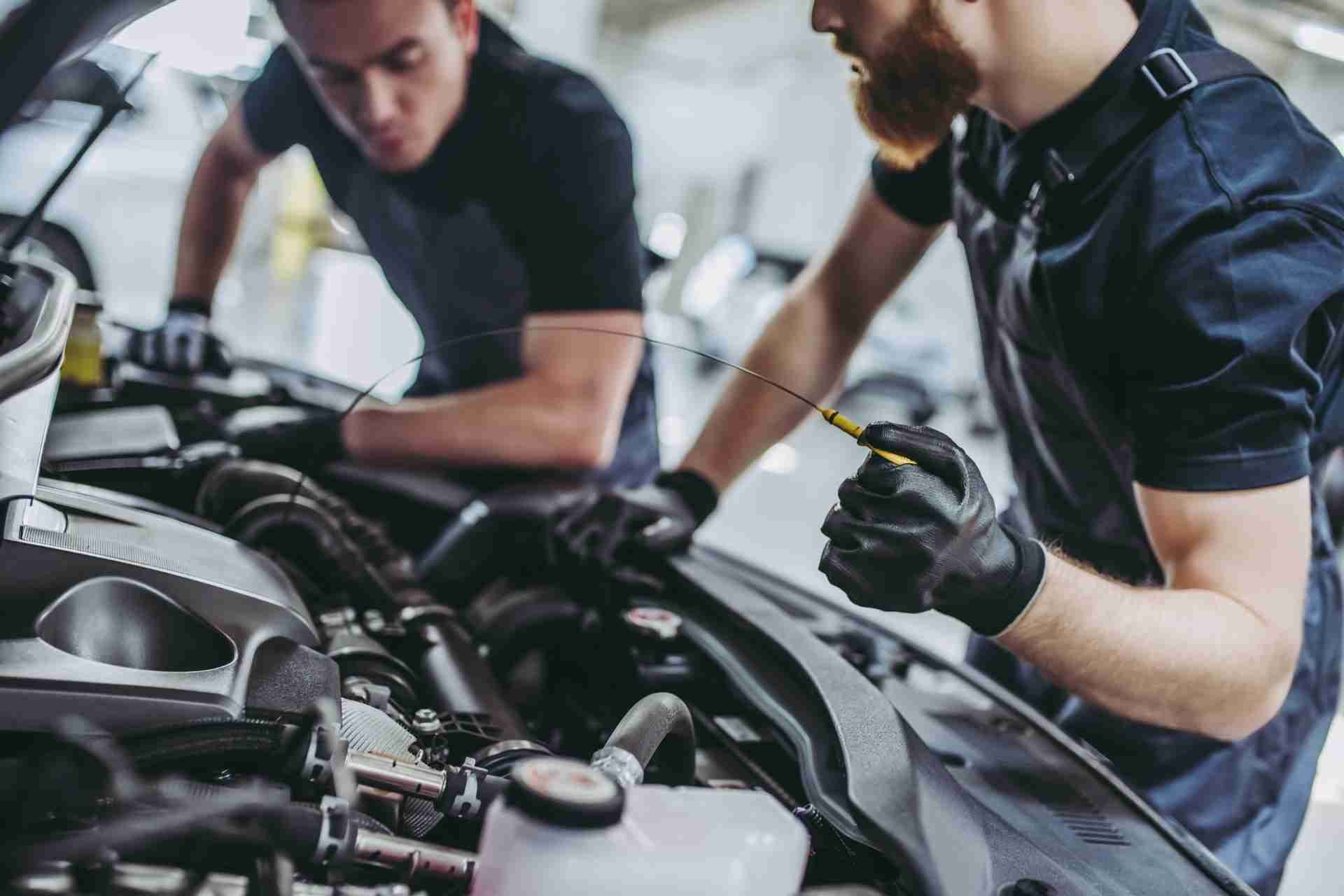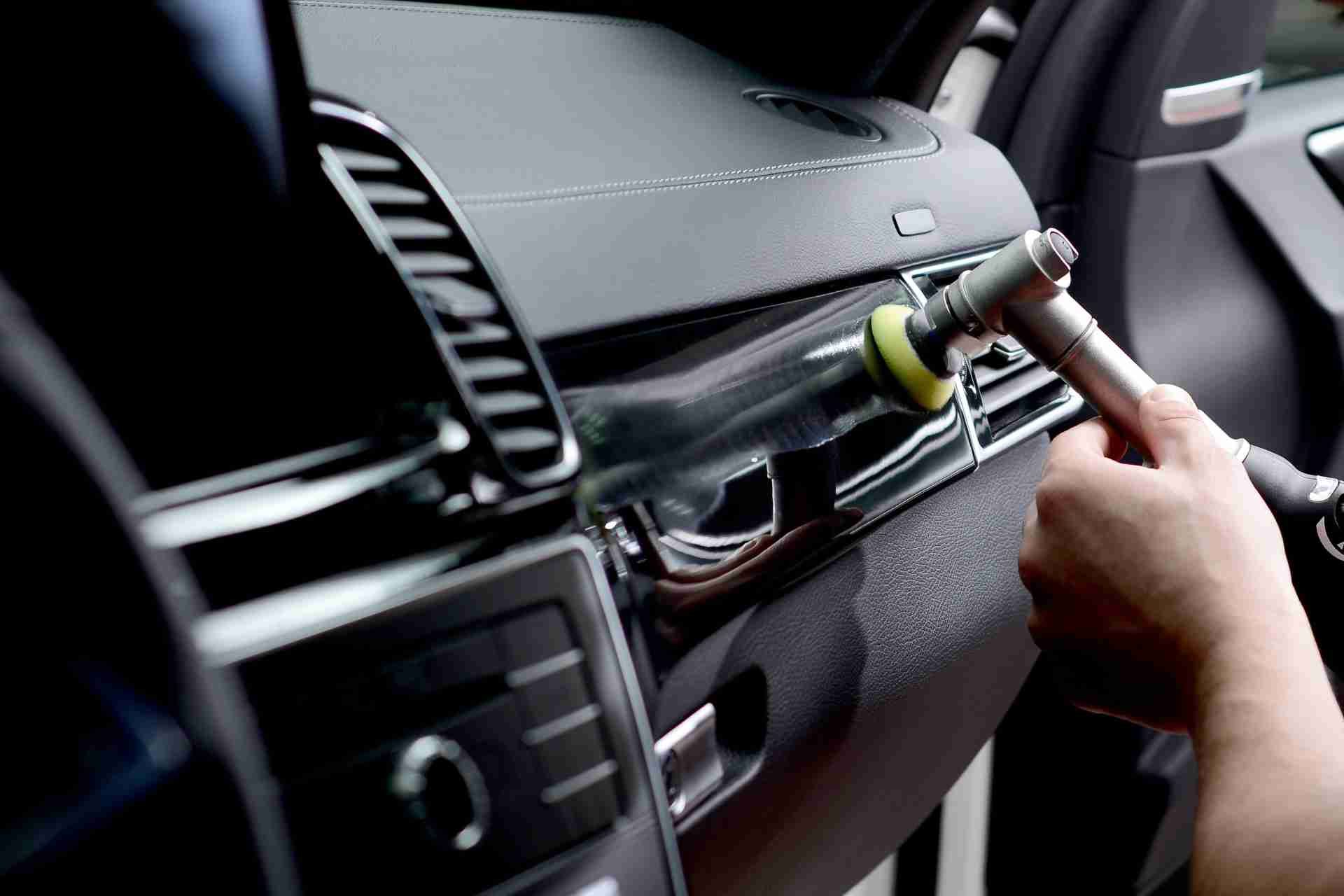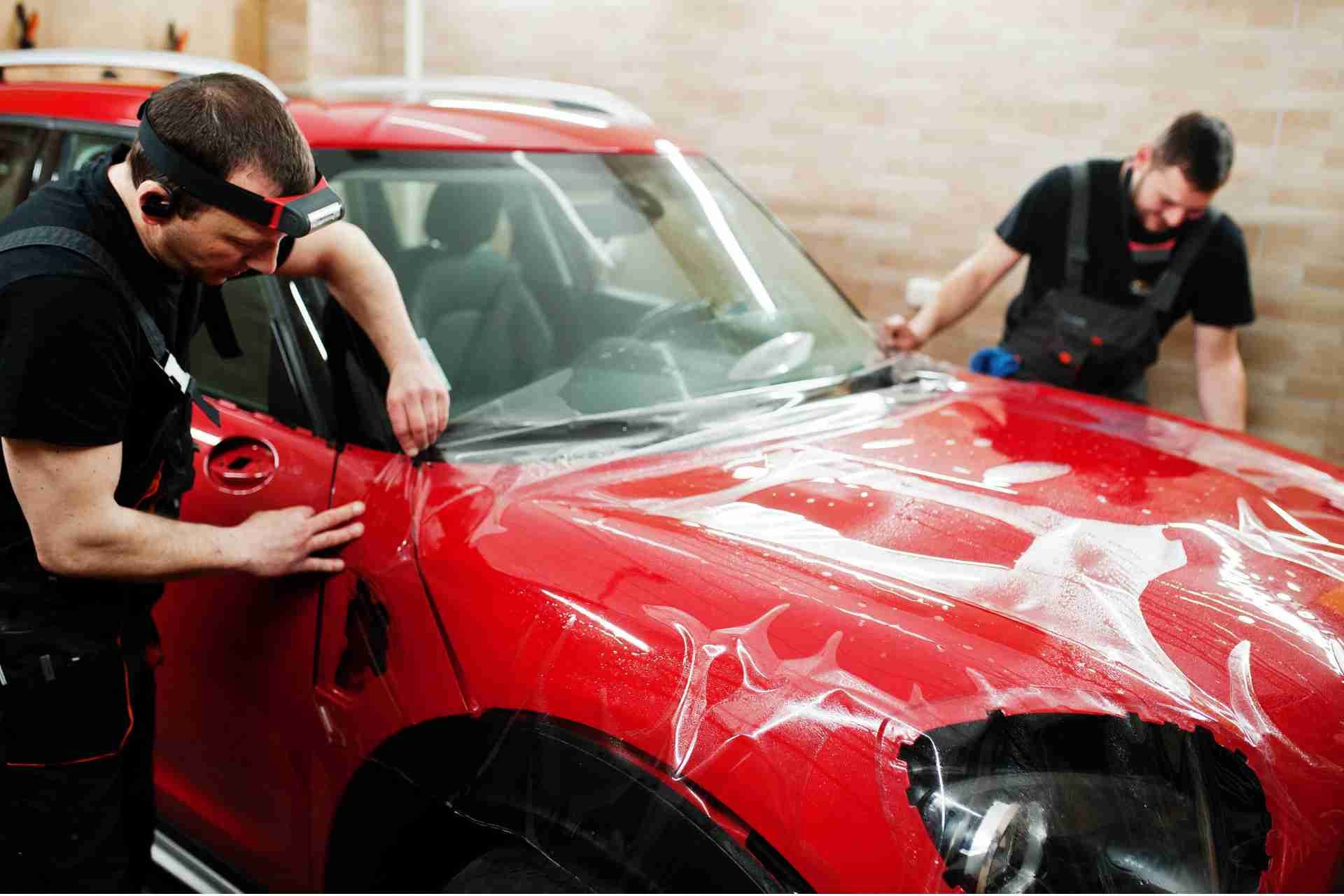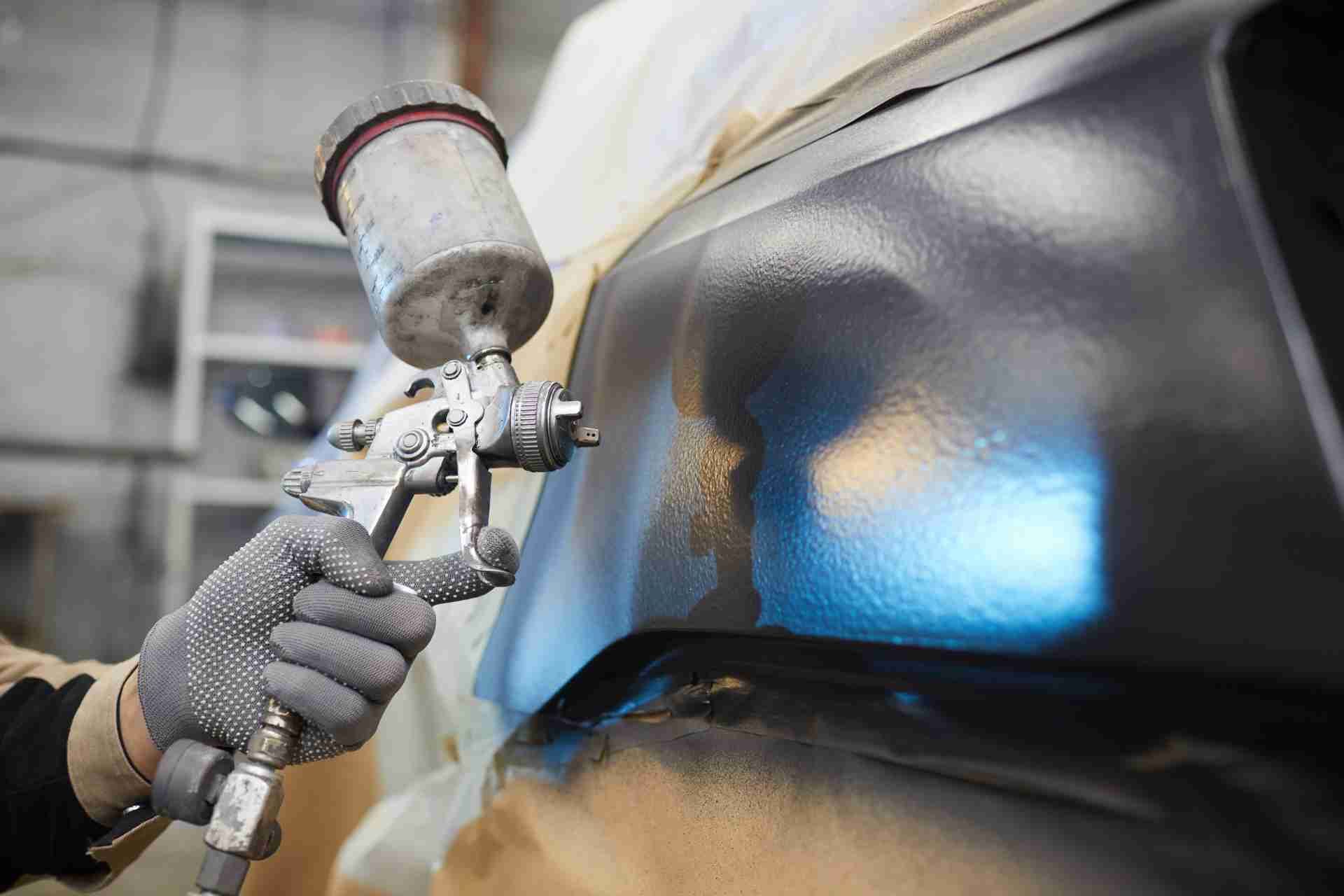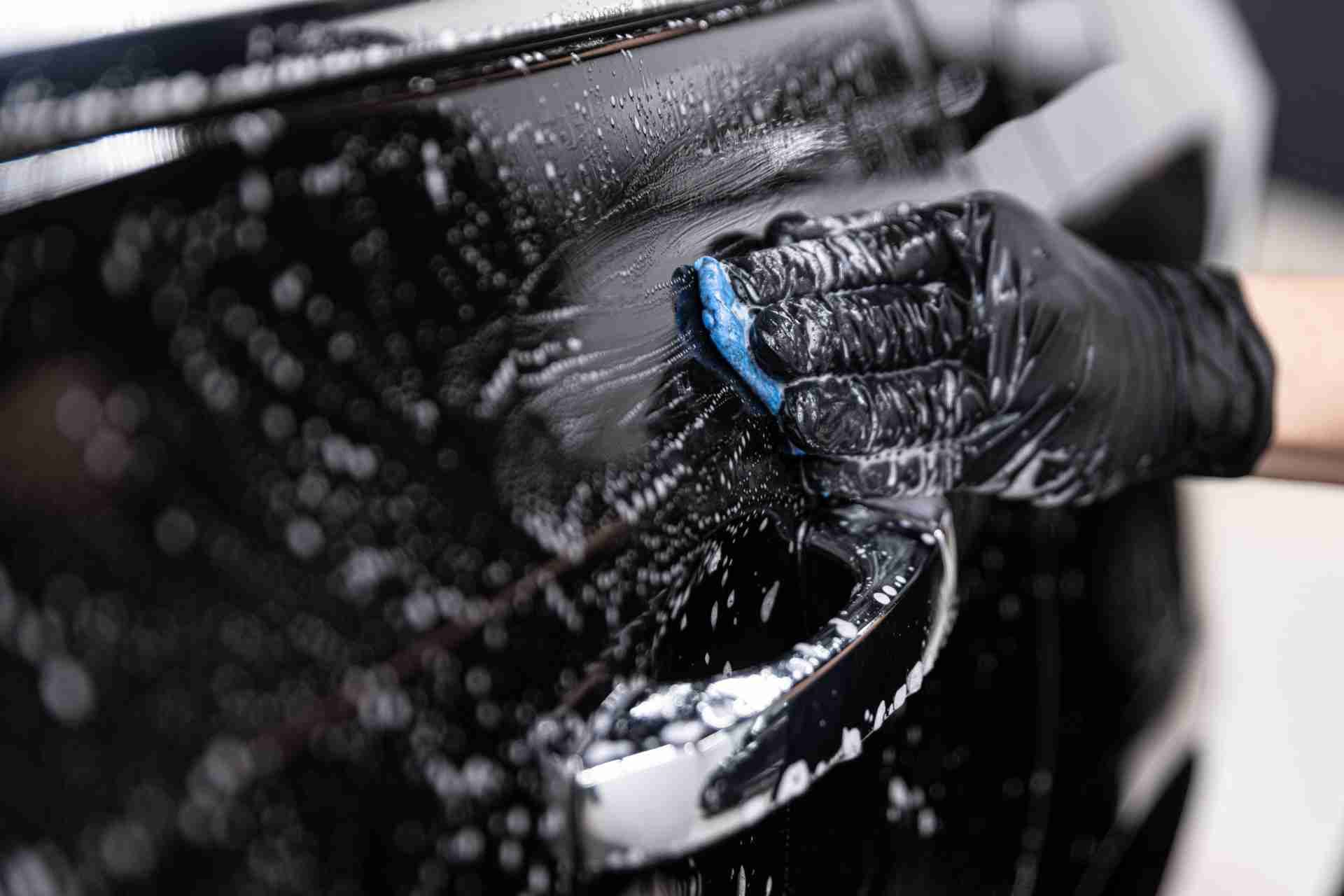How to Detail Engine Bays Safely and Effectively
Detailing your engine bay can enhance your vehicle's appearance and performance, but it requires careful preparation. You'll need a clean, well-ventilated space and the right supplies to get started. Remember, safety is key—there are precautions to consider to avoid damage. Once you're set up, the actual cleaning process becomes straightforward, leading to a polished finish that impresses. Curious about the specific steps to achieve that perfect look?
Preparing Your Workspace and Gathering Supplies
Before you dive into detailing your engine bay, it’s crucial to set up your workspace and gather the right supplies.
Start by choosing a well-ventilated area, preferably outdoors or in a garage with good airflow. Lay down a tarp or old blanket to catch any drips and keep your environment clean.
Gather essential supplies like degreaser, brushes, microfiber towels, and a hose or pressure washer. Don’t forget protective eyewear and gloves to keep yourself safe.
A soft brush for delicate components and a stiff brush for tougher grime will make your job easier. Finally, have a bucket of water handy for rinsing.
With your workspace ready and supplies at hand, you’re set to tackle that engine bay with confidence.
Safety Precautions to Consider
While detailing your engine bay can be rewarding, it’s essential to prioritize safety throughout the process. First, make sure your engine is cool to prevent burns.
Always wear gloves and safety goggles to protect your skin and eyes from chemicals and debris. Disconnect the battery to avoid electrical shocks and short circuits. Keep a fire extinguisher nearby, especially when using flammable cleaners.
Ensure you’re working in a well-ventilated area to avoid inhaling harmful fumes. If you’re using a pressure washer, be cautious of water getting into sensitive electrical components.
Lastly, secure loose clothing and tie back long hair to prevent accidents. By following these precautions, you can detail your engine bay safely and effectively.
Cleaning Techniques for Engine Components
Once you’ve ensured safety, it’s time to tackle the cleaning techniques for engine components.
Start by using a soft brush to remove loose dirt and debris from surfaces. For stubborn grime, a microfiber cloth dampened with water can work wonders. Avoid harsh chemicals that might damage sensitive parts. Instead, opt for a gentle automotive-specific cleaner.
When cleaning electrical components, be careful to avoid moisture, as it can cause issues. For areas with heavy buildup, a damp cloth with a little dish soap can help, but remember to wipe away any residue thoroughly.
Lastly, don’t forget to inspect hoses and belts for wear while you clean, ensuring everything stays in good shape as you maintain your engine.
Degreasing and Protecting Surfaces
To achieve a clean and polished engine bay, you’ll need to effectively degrease surfaces and apply protective measures.
Start by choosing a suitable degreaser, preferably a biodegradable option, to minimize environmental impact. Spray the degreaser onto grimy areas, allowing it to sit for a few minutes to break down grease and grime. Use a soft brush or cloth to gently scrub stubborn spots, then rinse with water to remove residues.
Once the surfaces are clean and dry, apply a protectant specifically designed for engine components. This will help shield against future dirt buildup and corrosion.
Make sure to follow the product instructions for the best results, ensuring your engine bay stays looking fresh and well-maintained.
Detailing Tips for a Showroom Finish
Achieving a showroom finish in your engine bay requires attention to detail and the right techniques. Start by using a high-quality detailing brush to clean hard-to-reach areas, ensuring you remove all dirt and grime.
After that, apply a safe, non-toxic degreaser to any remaining spots, letting it sit for a few minutes before rinsing.
Next, use microfiber towels to dry surfaces thoroughly, preventing water spots. For a polished look, apply a dedicated engine dressing to plastic and rubber components, enhancing their appearance and protecting them from UV damage.
Finally, don’t forget to clean the glass surfaces, using a glass cleaner for clarity. With these steps, your engine bay will shine like new, impressing anyone who sees it.
Regular Maintenance for a Pristine Engine Bay
Maintaining a pristine engine bay is essential for both performance and aesthetics, as regular upkeep prevents dirt buildup and potential damage over time.
Start by inspecting the engine bay monthly; look for leaks, loose wires, or signs of wear. Use a soft brush to remove dust and debris, and a microfiber cloth to wipe down surfaces. A gentle degreaser can help with stubborn grime—just be cautious around sensitive components.
Consider applying a protective dressing to plastic and rubber parts to keep them from fading.
After any maintenance or repairs, give your engine bay a quick clean to maintain its appearance.
Conclusion
In conclusion, detailing your engine bay doesn’t have to be daunting. By preparing your workspace, following safety precautions, and using the right cleaning techniques, you can achieve a polished look with ease. Don’t forget to regularly maintain your engine bay to keep it looking pristine. With a little effort and the right supplies, you’ll not only enhance the appearance of your vehicle but also help protect its components for years to come. Happy detailing!


